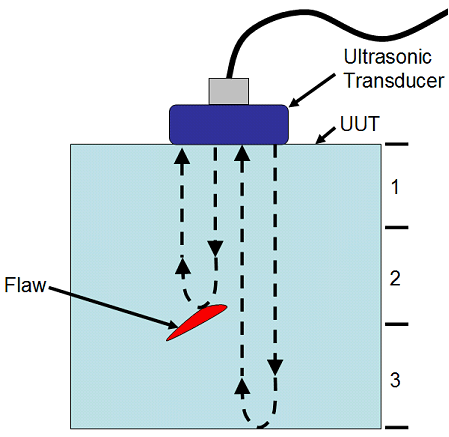July 22, 2014
What Headset Do I Need For My Mountain Bike?
The headset of a bicycle is, in simplest terms, the part of the bike that allows the steering column and front wheel to rotate and turn. It is, therefore, fairly important to the general running of a bike (as we’re sure you’ll agree!)
A bicycle headset generally consists of two cups that are pressed to the top and bottom of the headtube, there are bearings inside the cups that provide low friction contact between the cup and the steerer. This setup allows the rider to be able to steer and operate the bike with maximum efficiency.
Today’s bikes use lots of different headset styles, so we’ll take you through a few of the most common ones (because we’re nice like that).
- Threaded Headsets – These headsets are the most simple and ‘classic’ of all headsets. They were once nearly ubiquitous, but times have moved on since then. According to ParkTool.com, “The “threaded” in the name refers to the external threading at the top of the fork steering column. Bearing cups are pressed into the bike head tube. The bearings, which may be loose ball bearings, retainer ball bearings, or cartridge bearings, sit above and below the pressed races. The top most bearing-race has internal threading, and is held in place by a threaded locknut. The stem has no effect on the headset adjustment”.
- Threadless Headsets – Threadless headsets are actually quite similar to their threaded cousins, with one major difference (and you’ll probably see this one coming), there is no threading. According to ParkTool, “The top race uses an internal centering sleeve on the column to maintain alignment to the bearing cup. Pressure is applied to the top race from the stem. Threadless Headsets must use a compatible stem that matches the steering column diameter. The stem binds to the outside of the column, and holds the top race in adjustment. The threadless standards are 1-inch and 1-1/8 inch diameter steering column.”
- Low Profile Headsets – Alternately known as ‘Integrated Headsets’, ‘Internal Headsets’ and ‘Zero Stack Headsets’ (amongst others), these headsets use pressure frame cups to secure the bearings. “The cups have a flange, or lip, and sit adjacent to the outer edge of the top and bottom of the headtube. The headtube is a relatively large outside diameter, approximately 50mm, and cups allow the bearings to sit flush or even inside the headtube. The headset bearings sit “internally” to the top and bottom of the headtube. Some models use a cup that holds a cartridge bearing. The cartridge bearing is a slip fit into the cups. The cups act as a bearing holder and do not take bearing movement or wear directly. Other types have the cartridge bearing and cup/holder as a unit. These are simply replaced as a unit when it is worn out. Still another version of this type uses a cup and cone system with caged ball bearings, similar to the conventional threadless headsets”.
Of course, its up to you to decide which of these styles best suites you and your bike.
SOURCES
 Basic, everyday acts such as checking your emails, updating your Facebook or Twitter feed, answering the phone, or taking Skype calls are all a part of ‘communications technology’ as are the two-way radios used by public transport, security firms and the emergency services.
Basic, everyday acts such as checking your emails, updating your Facebook or Twitter feed, answering the phone, or taking Skype calls are all a part of ‘communications technology’ as are the two-way radios used by public transport, security firms and the emergency services. Applications for ultrasonic transducer-based electronics included use in early television remote controls as signal devices, and, as of 2011, in anemometers used by weather stations to monitor wind course and speed. They are used in industrial applications to monitor the level of fluid in a tank, and in modern-day automobiles as of 2011 for echo location sensors to indicate objects in close proximity to the path of a vehicle that is backing up or pulling into a garage. Since an ultrasonic transducer can also play the role of an ultrasonic transmitterthrough input electrical power, they offer the capability of a primitive type of sonar in many cases. Sound waves can be reflected off of a surface and the distance to that surface measured by the time and frequency of the wave that bounces back.
Applications for ultrasonic transducer-based electronics included use in early television remote controls as signal devices, and, as of 2011, in anemometers used by weather stations to monitor wind course and speed. They are used in industrial applications to monitor the level of fluid in a tank, and in modern-day automobiles as of 2011 for echo location sensors to indicate objects in close proximity to the path of a vehicle that is backing up or pulling into a garage. Since an ultrasonic transducer can also play the role of an ultrasonic transmitterthrough input electrical power, they offer the capability of a primitive type of sonar in many cases. Sound waves can be reflected off of a surface and the distance to that surface measured by the time and frequency of the wave that bounces back.